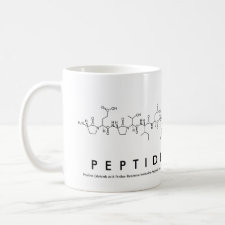
Authors: Cho SJ, Noh HB, Won MS, Cho CH, Kim KB, Shim YB
Article Title: A selective glucose sensor based on direct oxidation on a bimetal catalyst with a molecular imprinted polymer.
Publication date: 2018
Journal: Biosensors and Bioelectronics
Volume: 99
Page numbers: 471-478.
DOI: 10.1016/j.bios.2017.08.022
Alternative URL: http://www.sciencedirect.com/science/article/pii/S0956566317305584
Abstract: A selective nonenzymatic glucose sensor was developed based on the direct oxidation of glucose on hierarchical CuCo bimetal-coated with a glucose-imprinted polymer (GIP). Glucose was introduced into the GIP composed of Nafion and polyurethane along with aminophenyl boronic acid (APBA), which was formed on the bimetal electrode formed on a screen-printed electrode. The extraction of glucose from the GIP allowed for the selective permeation of glucose into the bimetal electrode surface for oxidation. The GIP-coated bimetal sensor probe was characterized using electrochemical and surface analytical methods. The GIP layer coated on the NaOH pre-treated bimetal electrode exhibited a dynamic range between 1.0 μM and 25.0 mM with a detection limit of 0.65 ± 0.10 μM in phosphate buffer solution (pH 7.4). The anodic responses of uric acid, acetaminophen, dopamine, ascorbic acid, L-cysteine, and other saccharides (monosaccharides: galactose, mannose, fructose, and xylose; disaccharides: sucrose, lactose, and maltose) were not detected using the GIP-coated bimetal sensor. The reliability of the sensor was evaluated by the determination of glucose in artificial and whole blood samples
Template and target information: glucose
Author keywords: Glucose-imprinted polymer, Hierarchical CuCo catalyst, Nonenzymatic sensor, Aminophenyl boronic acid, Electrochemical glucose detection



Join the Society for Molecular Imprinting

New items RSS feed
Sign-up for e-mail updates:
Choose between receiving an occasional newsletter or more frequent e-mail alerts.
Click here to go to the sign-up page.
Is your name elemental or peptidic? Enter your name and find out by clicking either of the buttons below!
Other products you may like:
 MIPdatabase
MIPdatabase









